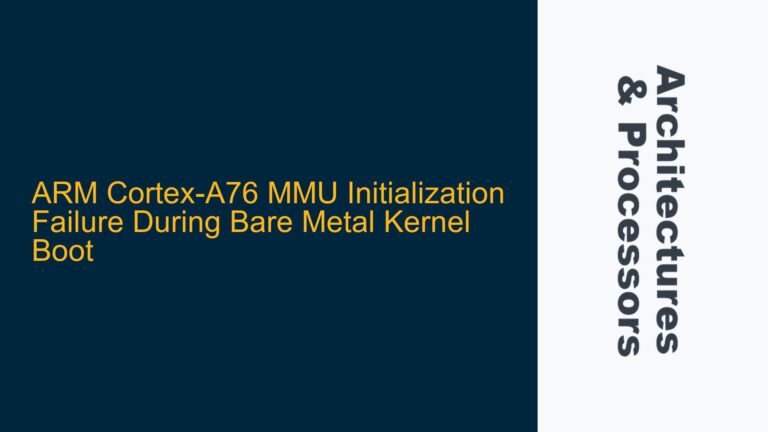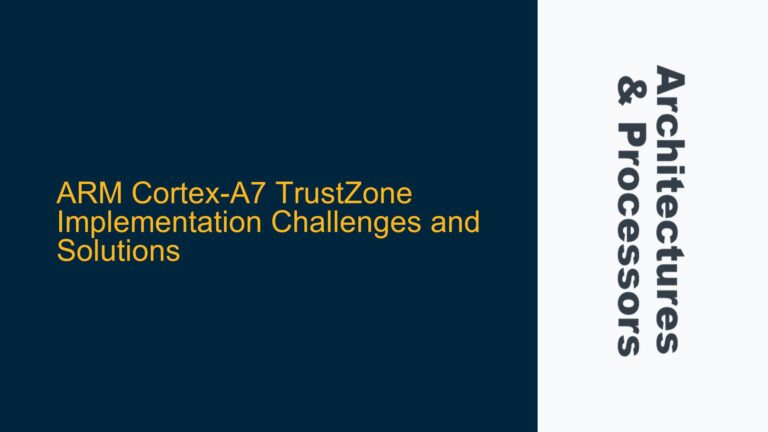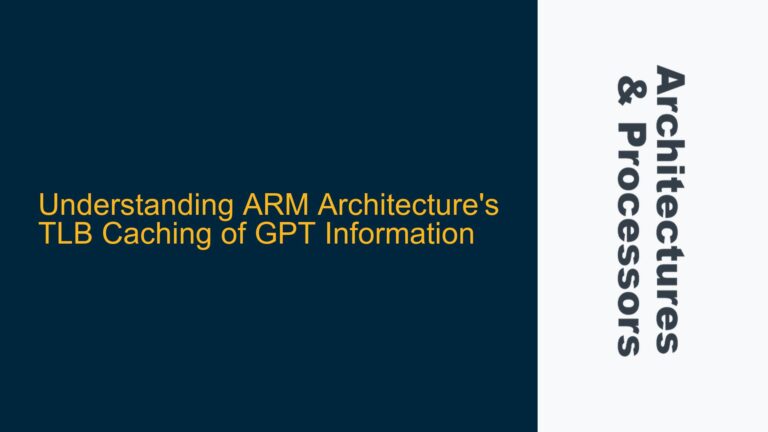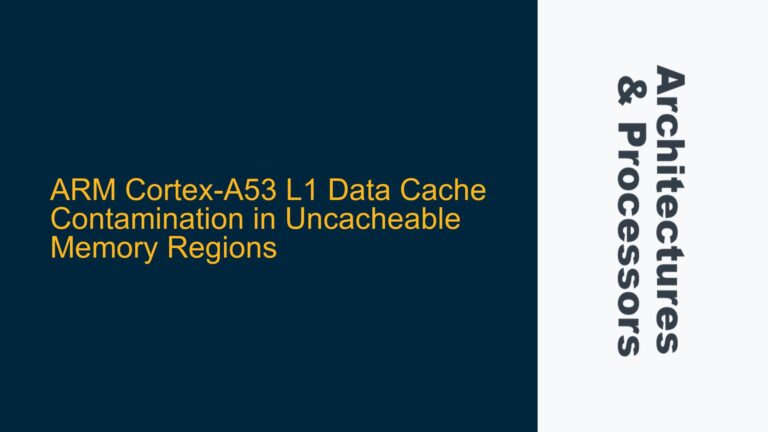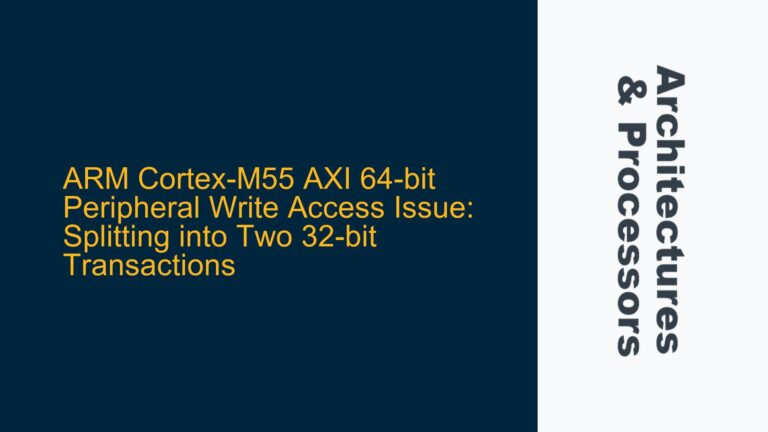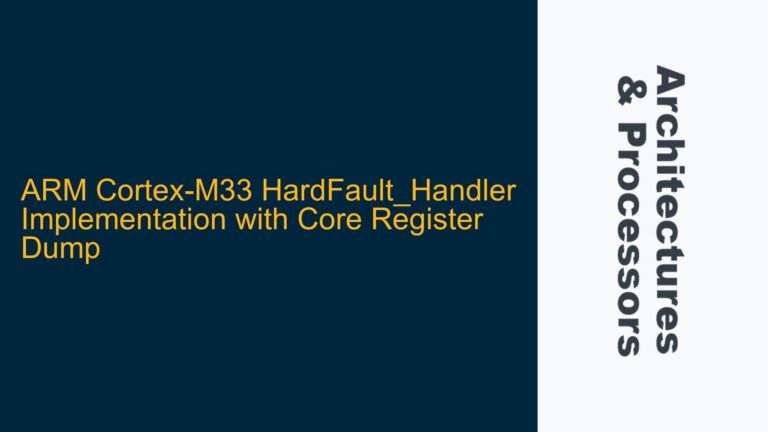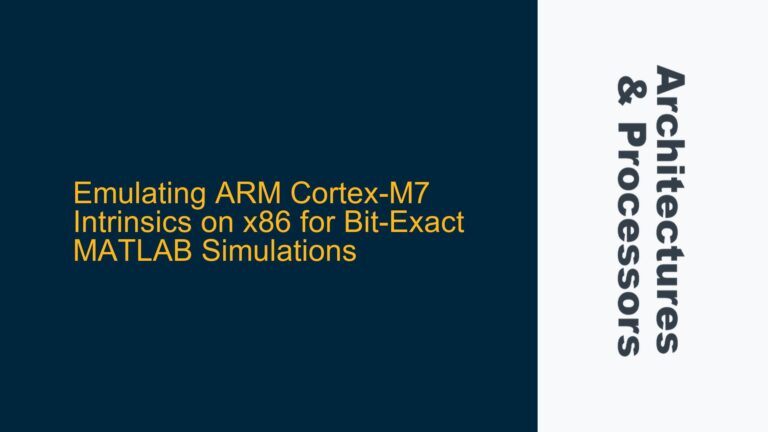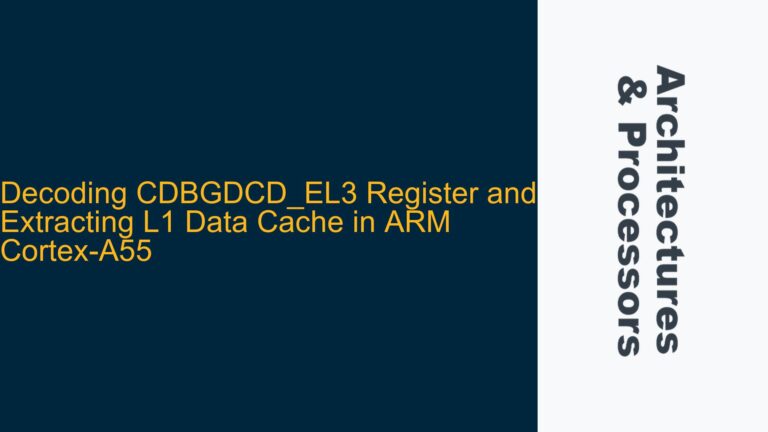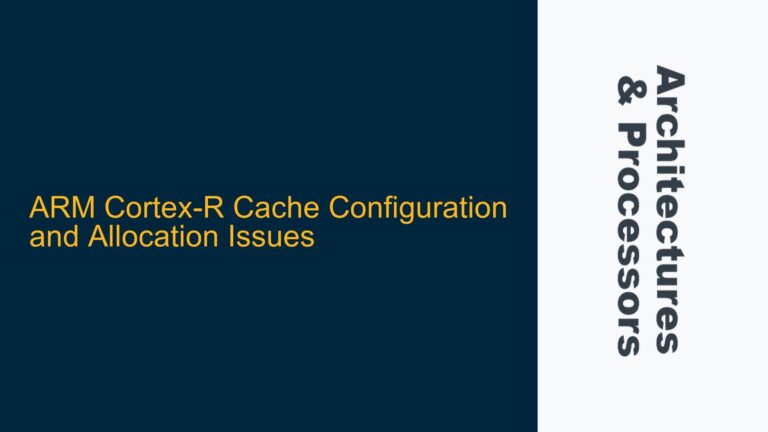ARM Cortex-A76 MMU Initialization Failure During Bare Metal Kernel Boot
Cortex-A76 MMU Translation Table Initialization and EL2 to EL1 Transition Issues The core issue revolves around the failure to initialize the Memory Management Unit (MMU) translation tables correctly on an ARM Cortex-A76 processor during the boot process of a bare metal kernel. The problem manifests when the kernel attempts to transition from Exception Level 2…
